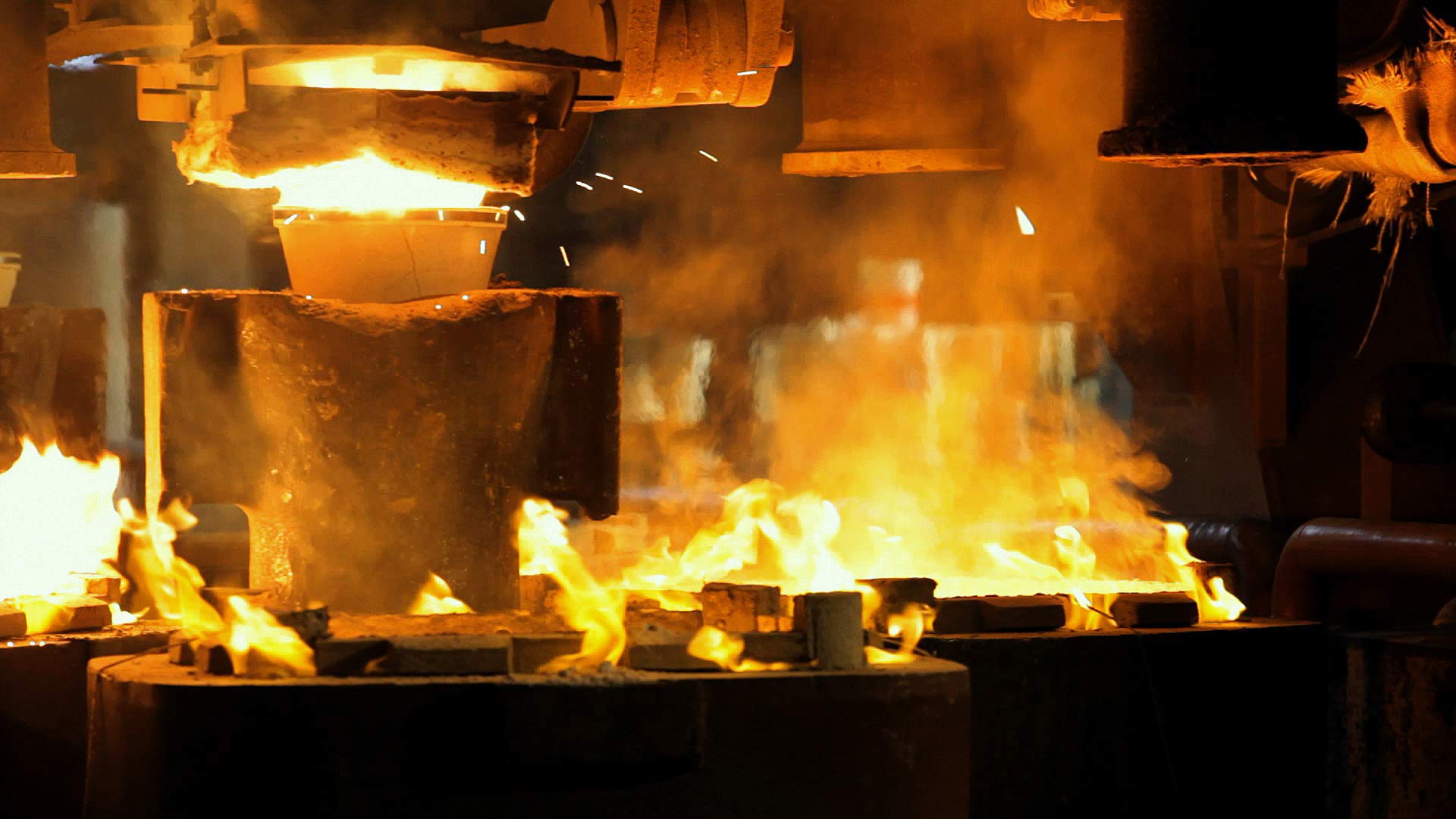Scegli l'unità di misura in cui visualizzare i dati:
Valbruna Grade
AISLNU
Steel type
Austenitic Stainless Steel
Description of material
AISLNU is a low Carbon austenitic stainless steel with a slightly higher Nickel content than standard 304L, with good general corrosion resistance as well as good intergranular corrosion resistance after welding processes. This grade, processed with a very low Cobalt content, is widely used in Nuclear plants and is substantially similar to AISL/DE.
Applications
AISLNU is suitable for the fabrication of many products such as flanges, valves, bolting, screws, pumps shafts, food /beverages industry equipment, storage tanks, pharmaceutical devices, many organic chemicals and parts working in mild to medium corrosive environments. Important information: Customer shall inform Acciaierie Valbruna in case this grade were used for nuclear or special applications as well as for any requirements referring to specific Norms or Procedures.
Corrosion resistance
AISLNU is resistant to fresh water, many organic chemicals and inorganic compounds, atmospheric corrosion, rural applications and sterilizing solutions where the chloride content is low. Pitting and crevice corrosion may occur in chloride environments if concentration, pH and temperature are at determinate levels. As with other standard austenitic grades, AISLNU suffers from stress corrosion cracking about forty /fifty degrees (C°) above room temperature and above certain levels of stress and halogen concentrations. Very strain hardened structures increase the risk of stress corrosion cracking. Its intergranular corrosion resistance is very good. It should be noted that this grade, as for every kind of stainless steel, surfaces should be free of contaminant and scale, heat tint, and passivated for optimum resistance to corrosion.
Cold working
AISLNU is very amenable for cold working operations such as cold drawing and bending and is suitable for cold heading thanks to its higher Nickel and low Carbon content. Its structure, after cold deformation, is less hard than AISL.
Machinability
Due to a very light micro-resulphured structure, AISLNU should have a special chemical balance to satisfy to a good performance in machining. In the case where a non -micro re-sulphured structure were required for any special applications, its chip-ability will be strongly decreased. The best performance is obtained when applying proper machining parameters. However, Austenitic grades are different from Ferritic and Alloy steels and require more rigid and powerful machines in addition to the correct choice of tools, coatings and cutting fluids. The Austenite structure is prone to transform in to α’Martensite caused by strain hardening of the tool on the surface of the work piece. Even though AISLNU has a hardening factor lower than that of AISL, the awareness of this behavior must be properly considered when a piece requires two or several cutting steps to be finished. The layer of α’Martensite is very hard and, if the subsequent turning or milling processes work on this hardened layer, a rapid tool wear could happen. The tool must work under this layer.
Weldability
AISLNU has normally a special chemical composition which helps to avoid solidification cracks in the fused-zone of autogenous welds due to a suitable Ferrite balance. However, the Cr/Ni equivalent balance of the supplied product should be evaluated in order to avoid any risk of solidification cracks in the fused-zone of high energy autogenous welds. In the case of filler metal welding, a filler with a matching composition of AISLNU, or over alloyed, is recommended to maintain the welded steel properties. Neither preheating nor post welding heat treatment is necessary. Nevertheless, in the case of aggressive environments, a post welding heat treatment is recommended. In solid state joining such as Friction Welding, AISLNU provides a quality bond line.
Hot working
No preheating is required for this grade. In Primary hot transformation processes, a high temperature homogenization of large ingots and dynamic recrystallization parameters should be rightly evaluated. In the case of open die forging of large ingots and shapes, APMLNU offers a good hot plasticity if a suitable soaking and a right temperature are applied. In Secondary hot transformation processes, such as extrusion, rolling or close die forging, temperatures, strain and strain rate should be well considered because they influence the properties of the austenitic structure. Suitable strain in terms of section reduction ( for instance: 15-30%) at a lower range of hot working temperature is recommended in order to obtain a fine grain austenitic structure which is very important for mechanical, fatigue and corrosion resistance properties and makes it easier for ultrasonic testing to detect small indications as required by several International Norms. Small forgings can be cooled rapidly in air or water.
Designations
| RCCM-M MATERIAL REF. | Z2CN18-10 / Z2CN19-10 / Z5CN18-10 / Z6CN18-10 |
|---|---|
| AISI | 304 / 304L |
| W.N. | 1.4301 / 1.4307 |
| UNS | S30400 / S30403 |
| EN | X5CrNi18-10 / X2CrNi18-9 |
| BS | 304S15 / 304S31 |

